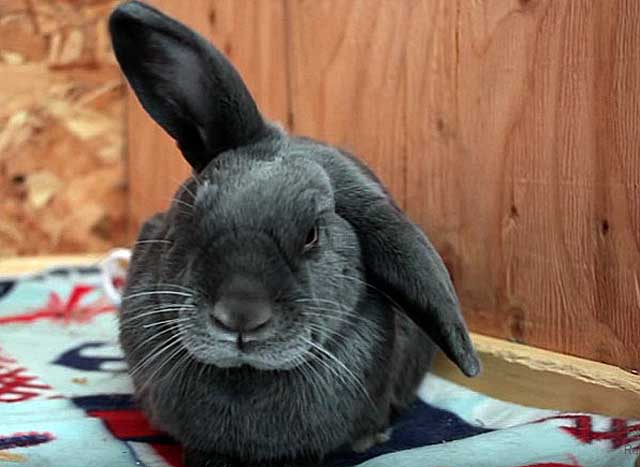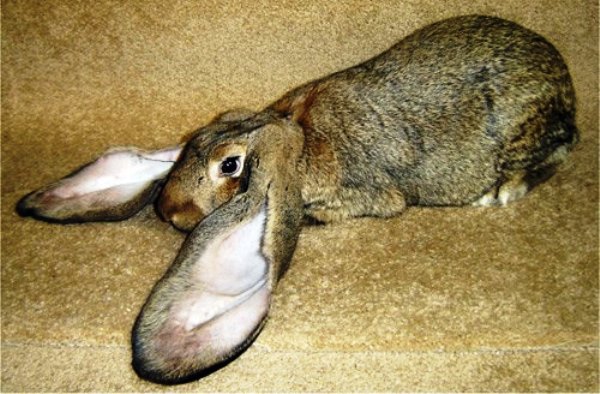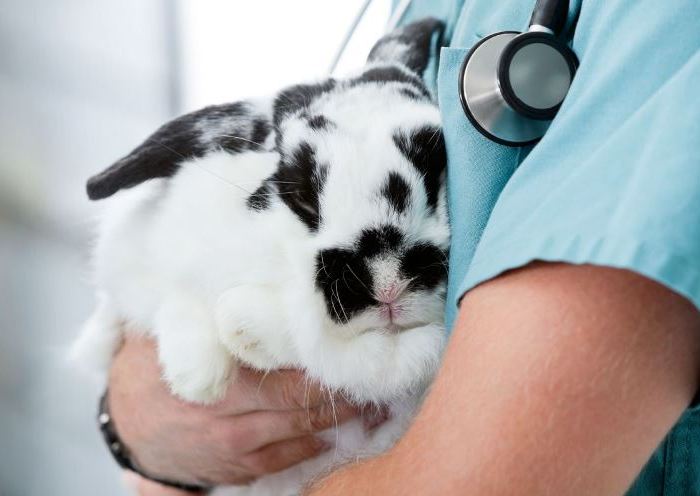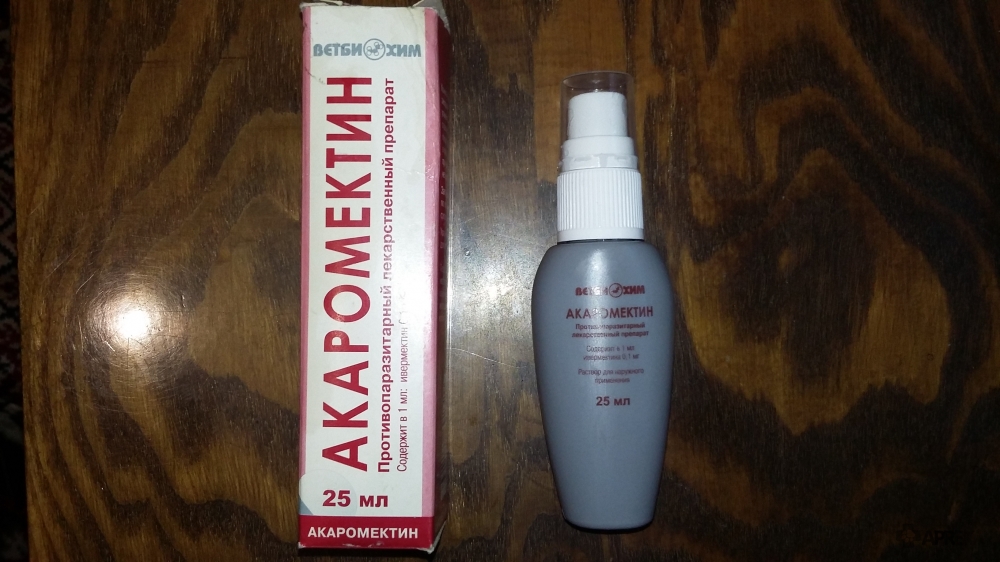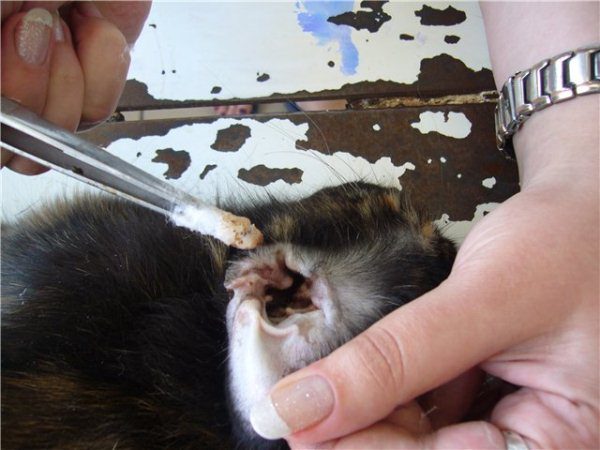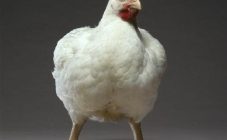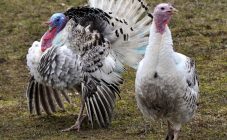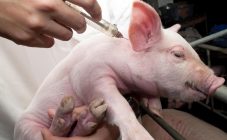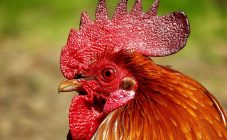Content:
Rabbit breeders often encounter diseases of the ears of pets. And often novice farmers are interested in when a rabbit has ear pain - what to treat? Today we will talk about ear ailments of toothy herbivores. This article will consider the most pressing issues: the causes of diseases, the symptoms of each disease, methods of treatment with medicines or folk remedies. Recommendations will also be given on what preventive measures can be taken to prevent ear diseases in rabbits.
Rabbit ear scabs - possible causes
Herbivores' ears contain many blood vessels, making them a target for parasites. Often, the appearance of scabs is a sign of the development of ear scabies caused by a mite.
However, in some cases, crusts are a symptom of infectious diseases. The scab is formed at the site of the bursting of blisters and drying of purulent discharge.
Diseases of the ears of herbivores
Rabbit ear diseases often have similar symptoms, making it difficult to make a correct diagnosis.
You can determine the disease by the behavior of the pet:
- scratching with paws;
- the rabbit shakes its ears;
- rubbing the ears against the surface;
- general weakness;
- loss of appetite;
- decreased reproductive function;
- unnatural head position;
- falling ears;
- nervousness.
How to recognize a disease
After the first signs appear, the eared should be shown to the veterinarian. You can also recognize the disease at home.
In total, there are four diseases of the ears in rabbits.
Psoroptosis (ear scabies)
An infectious disease caused by a tick. The insect lives in the ear canal and is difficult to detect at first.
The disease can be recognized by the main symptom - the appearance on the surface of the auditory organs of scales, acne and abscesses, which, when bursting, release pus. Dried, purulent discharge becomes a scab, causing discomfort to the pet.
You can also recognize psoroptosis by swollen ears, scabs may appear on the affected areas. The temperature of the hearing organs becomes higher than that of the body.
A magnifying glass is used to examine the tick. Often, the parasite is transmitted from rabbit to rabbits, adult pets fall ill after contact with sick individuals.
Purulent otitis media
Viral disease. At the initial stage, it is very difficult to distinguish it from ear scabies due to similar symptoms. Errors in diagnosis are fraught with brain damage and death of the pet.
The main symptom is purulent discharge that spreads throughout the auricle. It is also possible to recognize the disease by a malfunction of the vestibular apparatus - the eared one can begin to bump into objects, his head will sway from time to time, his eyes constantly rotate or look exclusively horizontally.
Frostbite of the ears
Decorative rabbits are very delicate animals, so being in cold rooms often leads to frostbite of the hearing organs.
Symptoms: A decrease in ear temperature, swelling, pain, blistering, dryness and flaking of the epithelium.
Myxomatosis
A serious illness in which the herbivore develops hard bumps on the ears.
Drug treatment
At the first signs of the development of the disease, the animal must be immediately quarantined. The next step is to consult a specialist. It is important to recognize the disease in a timely manner and start treating it.
A specialist can examine a sick pet at home.
To identify a tick, you need petroleum jelly, a scraping tool, glass and a magnifying glass. Vaseline is heated to 40 degrees, and then a scraping is placed in it. The resulting sample is placed on glass and examined under a magnifying glass - usually swarming of ticks is clearly visible. This method is suitable if it is not possible to take the pet out for laboratory analysis.
Rabbit's ears have scabs - how to treat? They approach the destruction of an ear mite in a complex way, using drugs of general and local effects. It is good to use drugs in the form of foam and aerosol in the fight against psoroptosis:
- Acrodex;
- Psoroptol;
- Dikresil;
- Cyodrin;
- Acaromectin.
The drug is sprayed on the affected areas 2-3 times a day, for 5-7 days. The course of treatment is repeated after 7 days.
For the treatment of infections, Baymek or 1% Ivomek solution is used. The drugs are administered by injections, the dose for each animal is individual and is calculated based on its body weight.
The effectiveness of such treatment is that the drugs kill not only adult parasites, but also the larvae. The pet often feels better after a couple of days. The drug Dekta also showed itself well - it not only destroys parasites, but also reduces inflammatory processes.
Veterinarians do not recommend treating purulent otitis media at home. Several types of bacteria can cause the disease at once, therefore, before starting treatment, it is necessary to identify the pathogens and select the appropriate drugs. The most effective antibiotics for otitis media are Prednazolone and Albendazole, the required dosage is calculated by the doctor.
For frostbite of the ears, use Alusprey. The medicine is available in the form of a spray, which simplifies the procedure for its application. The drug is used after processing frostbite areas: removing hair, secretions and dried epithelium.
Why is it important to start timely treatment? Affected ears can affect coordination of movements. The animal may die due to the development of complications and the penetration of infection into the brain. Usually, a herbivore can be cured of ear scabies within a week.
Folk remedies
With psoroptosis, it is possible to reduce itching and get rid of the tick by treating the affected areas with a solution of turpentine, creolin, kerosene and sunflower oil or glycerin, the mixture is made at the rate of 1: 1. To apply the product, a disposable syringe is used, from which the needle is first removed.
Then the ears of the rabbit are massaged and the crusts are removed. Before removing a particularly large crust, the crusts are softened with glycerin and iodine, the mixture is made at the rate of 4: 1. The solution can be applied to damaged areas every other day.
Prevention of ear diseases
The breeder can regularly carry out prophylaxis at home, aimed at protecting the animal from the appearance of scabs in the ears.
- place new pets in a monthly quarantine;
- add vitamins to food to improve immunity;
- provide comfortable conditions for keeping;
- eliminate drafts and moisture;
- maintain the temperature regime;
- comply with sanitary standards;
- treat animals with anthelmintic agents;
- regularly check and clean your ears;
- treat cells and inventory with disinfectants.
If a farmer maintains a herd of rabbits, it is important to wash your hands after examining a sick pet. It is forbidden to touch healthy individuals with dirty hands, as this often leads to the transmission of diseases. Protection against ear mites is the treatment of the room and rabbit equipment twice a year. It is best to carry out preventive measures in winter, since ticks outside the host's body do not tolerate cold well.
Rabbit breeders know that it is better to once again carry out prevention than to treat a pet. Herbivorous gentle animals prone to ear disease. Compliance with sanitary standards and ensuring comfortable conditions will protect the pet from infectious diseases, and regular disinfection from ear mites. If a rabbit has a sore in its ear, it is necessary to show it to a specialist and immediately begin treatment.
